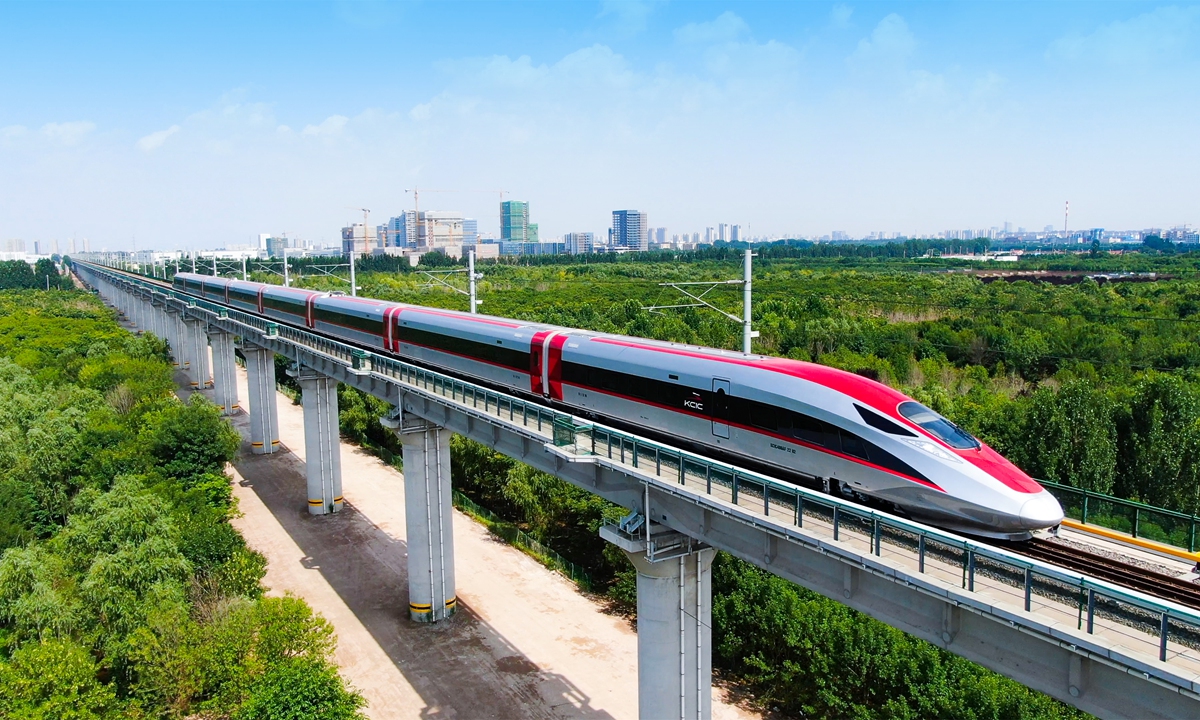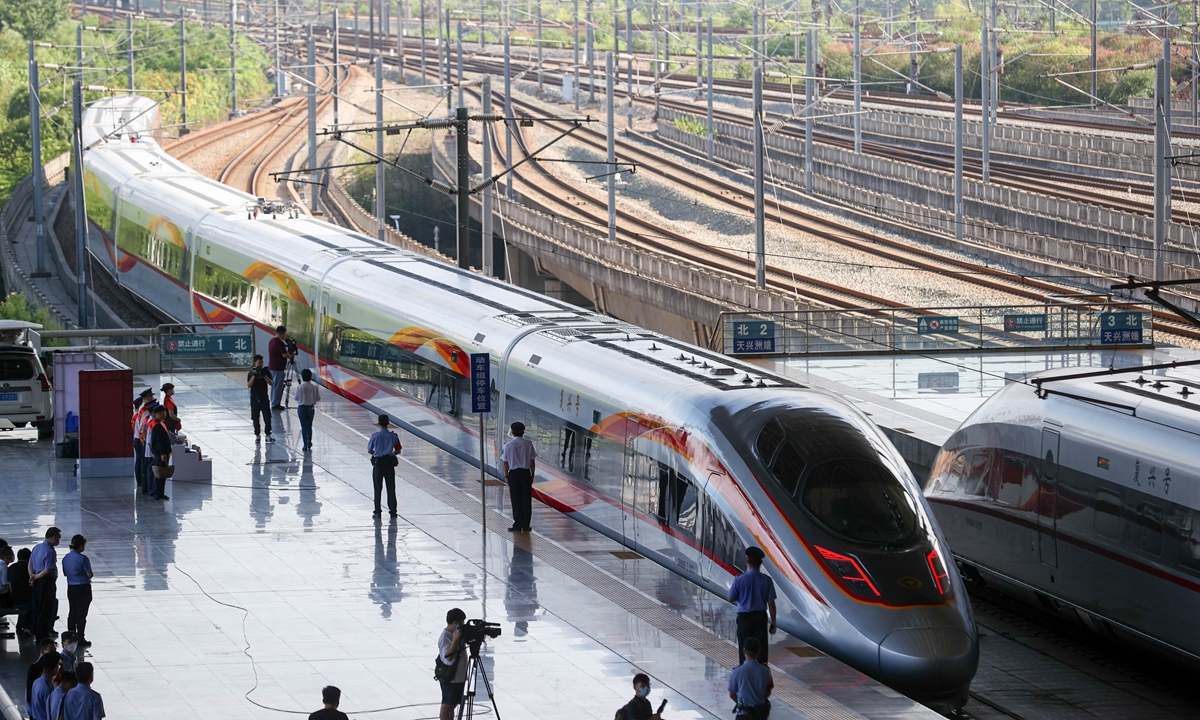On February 13, an Indonesian government official informed the parliament that China and Indonesia had agreed on a $1.2 billion budget overrun for the nation’s first high-speed railway project, plagued by several problems.
According to the group of Chinese and Indonesian state enterprises building the railway known as PT KCIC, the project was initially projected to be $2 billion over budget, bringing the total cost to 113 trillion rupiahs ($7.36 billion).
Deputy Minister of State-Owned Enterprises, Kartika Wirjoatmodjo, stated, “We agreed on the cost overrun figure of $1.2 billion. There are several items that they are still reviewing regarding taxes and frequency clearing fees, but we have agreed on the numbers.”
He added that more information would be finalized within a month, including an additional loan from the China Development Bank to pay the additional expenses. The planned high-speed rail project is a crucial part of China’s Belt and Road initiative.
Companies in the consortium were anticipated to expand their ownership stakes. The government recently invested 3.2 trillion rupiahs in PT KAI, Indonesia’s state-owned railway firm, which controls 60% of KCIC, and state-owned construction firm Wijaya Karya.

The 142-kilometer network, which would link Bandung, one of Indonesia’s major cities, with the nation’s capital Jakarta, was awarded to KCIC in 2015 but has since run into several problems, including construction delays by the pandemic. The project is scheduled to be finished in June 2023.
Nevertheless, new questions are being raised regarding the project’s accessibility, profitability, and safety.
Safety, Profitability, And Accessibility Issues Linked With This Project
In December 2022, two Chinese workers died when a maintenance train and locomotive derailed at a construction site close to Bandung, raising questions about the country’s high-speed rail system’s safety.
That incident marked the first deadly accident involving the line. According to a top Indonesian government official, the locomotive’s brake had a problem, and human error may have also contributed to the mishap.
Later, Beijing and Jakarta concluded that the mishap did not jeopardize the safety of Indonesia’s high-speed rail. Both countries emphasized that the maintenance vehicle was to blame for the accident and that the Chinese-imported locomotive evaded significant damage.
Construction was restarted before the results of the government investigation into the tragedy were made public by the consortium overseeing the project, Kereta Cepat Indonesia China (KCIC), which is financed by the state-owned railway operator Kereta Api Indonesia (KAI) and other entities.
Many have expressed skepticism about the line opening at the scheduled timeframe. According to KAI, the construction project is only 84% complete, with some railway tracks yet to be laid.
The high-speed line’s test runs, which will travel up to 360 kilometers per hour, are expected to begin at the end of May. However, even if all goes according to plan, it will be challenging to start the operations in June-July 2023 by Japanese standards.

According to a Japanese trading house executive with experience in international railroad projects, the information gathered from the trials will be crucial. Track locations may need to be modified — sometimes in millimeters — once tests are conducted at their top pace.
A Japanese government official believes that testing and verifying overseas rail projects that Japan supports takes at least a year.
Profitability is still another issue. The Indonesian government first attempted to employ the Japanese bullet train for the project but turned to a Chinese proposal in 2015 that did not require Indonesian government investment.
It was planned that financing from the China Development Bank would cover 75% of the building costs, and KCIC would cover the remaining 25%.
The project started in January 2016 and was expected to finish in 2018. However, overly optimistic predictions about obtaining the required land for the project pushed back the completion date.
Besides that, building costs have increased significantly beyond the initial estimate of $5.5 billion, necessitating the Indonesian government to invest more than 7 trillion rupiahs ($462.1 million) into the project.
In December, a KCIC representative informed the parliament that the consortium had asked the government to increase its operating rights from 50 to 80 years.
The firm intends to surrender all rights to the government eventually but said that because of delays and rising costs, it would take longer to recoup the investment.
According to some analysts, the initiative is incompatible with President Joko Widodo’s proposal to move the nation’s capital to the Borneo island region of East Kalimantan. Others in Bandung doubt the new line is accessible, pointing out that the terminal is too far from the city’s heart.
- Contact the author at ashishmichel(at)gmail.com
- Follow EurAsian Times on Google News




